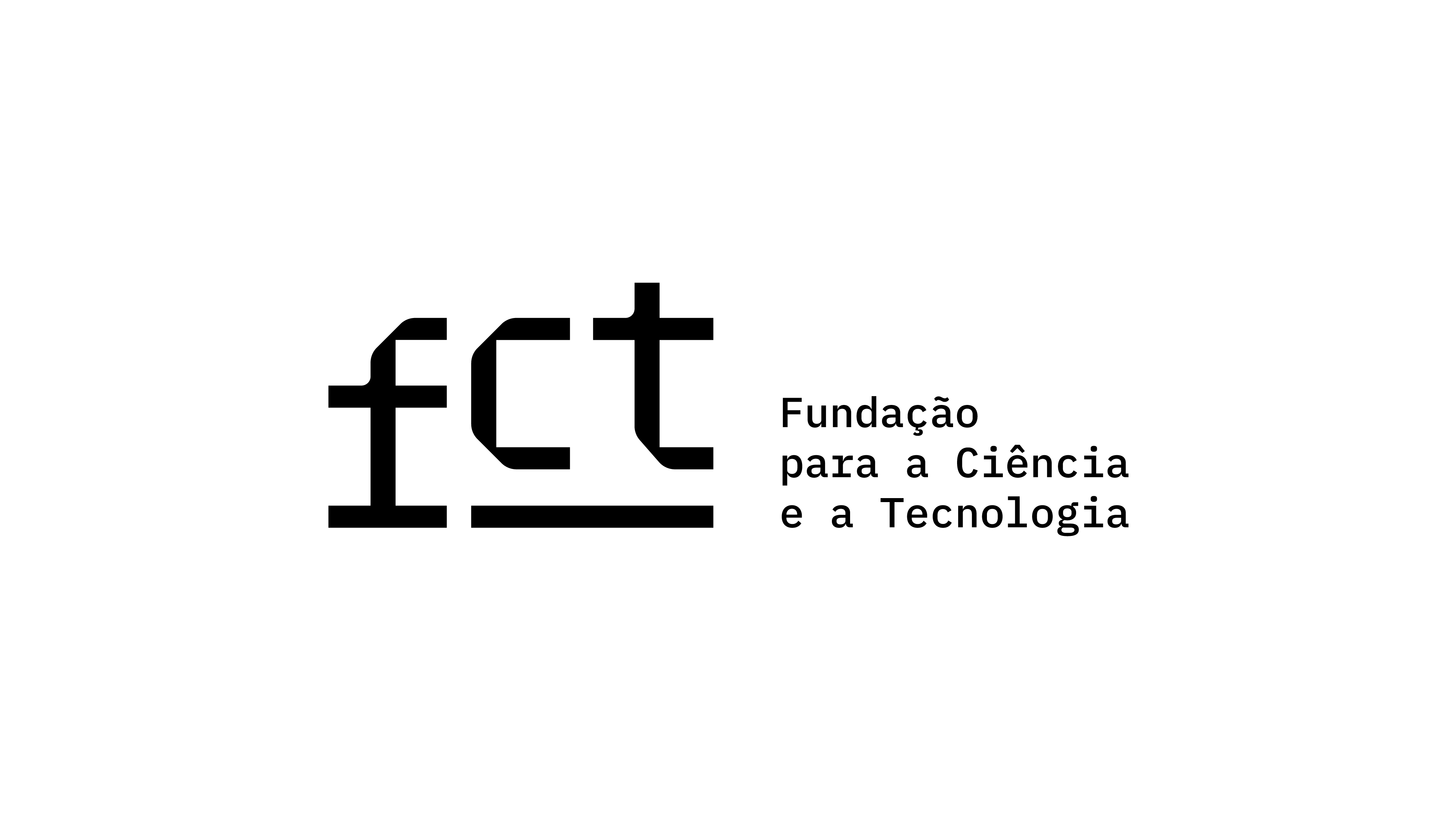Spatial Structuring of 3D Shapes
Constructions Supported by Spatial Reasoning
DOI:
https://doi.org/10.25749/sis.25696Keywords:
3D spatial structuring, spatial reasoning, coordination, integration, early yearsAbstract
This paper aims to provide further understanding of strategies used by first graders to reproduce 3D shapes, in what concerns spatial structuring and spatial reasoning processes involved. The data were collected during a teaching experiment where the pupils had to reproduce two 3D shapes using cubes, first from a 3D model and then from a 2D representation of a 3D model. The strategies pupils used indicate different levels of local and global structuring, and, sometimes, a progression to upper levels, based on the establishment of more complex relationships between components and composites, anchored in the use of manipulatives. These relationships also seem to be supported by spatial reasoning processes.
Downloads
References
Battista, M. (2007). The development of geometric and spatial thinking. In F. Lester (Ed.), Second handbook of research on mathematics teaching and learning (pp. 843-909). Charlotte: Information Age.
Battista, M. T. (2008). Development of the shape makers’ geometry microworld. In G. W. Blume & M. K. Heid (Eds.), Research on technology and the teaching and learning of mathematics: Cases and perspectives (Volume 2, pp. 131-156). Charlotte: Information Age.
Battista, M. T., & Clements, D. H. (1996). Students’ understanding of three-dimensional rectangular arrays of cubes. Journal for Research in Mathematics Education, 27(3), 258-292. doi: 10.2307/749365
Battista, M., & Clements, D. H. (1998). Finding the number of cubes in rectangular cube buildings. Teaching Children Mathematics, 5(1), 258-264.
Battista, M. C., Clements, D. H., Arnoff, J., Battista, K., & Borrow, C. (1998). Students’ spatial structuring of 2D arrays of squares. Journal for Research in Mathematics Education, 29, 503-532.
Bruce, C. D., & Hawes, Z. (2015). The role of 2D and 3D mental rotation in mathematics for young children: what is it? Why does it matter? And what can we do about it? ZDM Mathematics Education, 47(3), 331-343. doi: 10.1007/s11858-014-0637-4
Casey, B. M., Andrews, N., Schincler, H., Kersh, J. E., Samper, A., & Copley, J. (2008). The development of spatial skills through interventions involving block building activities. Cognition and Instruction, 26(3), 269-309. doi: 10.1080/07370000802177177
Conceição, J., & Rodrigues, M. (2020). Processos de raciocínio espacial na representação de figuras 3D por alunos do 1.º ano do ensino básico. Quadrante, 29(1), 115-139. doi: 10.48489/quadrante.23007
Cullen, A. L., Eames, C. L., Cullen, C. J., Barrett, J. E., Sarama, J., Clements, D. H., & Van Dine, D. W. (2018). Effects of three interventions on children's spatial structuring and coordination of area units. Journal for Research in Mathematics Education, 49(5), 533-574. doi: 10.5951/jresematheduc.49.5.0533
Davis, B., Okamoto, Y., & Whiteley, W. (2015). Spatializing school mathematics. In B. Davis & Spatial Reasoning Study Groups. (Eds.), Spatial reasoning in the early years: Principles, assertions, and speculations (pp. 139-150). New York: Routledge.
Gravemeijer, K., & Cobb, P. (2006). Design research from the learning design perspective. In T. Plomp & N. Nieveen (Eds.), Educational design research (pp. 72-113). Enschede, the Netherlands: Netherlands Institute for Curriculum Development (SLO).
Jones, K. (2001). Spatial thinking and visualisation. In Royal Society. (Ed.), Teaching and learning geometry 11-19 (pp. 55-56). London: Royal Society.
Mulligan, J., & Mitchelmore, M. (2009). Awareness of pattern and structure in early mathematical development. Mathematics Education Research Journal, 21(2), 33-49. doi: 10.1007/BF03217544
Mulligan, J., Oslington, G., & English, L. (2020). Supporting early mathematical development through a ‘pattern and structure’ intervention program. ZDM Mathematics Education, 52(3), 663-676. doi: 10.1007/s11858-020-01147-9
Outhred, L., & Mitchelmore, M. (2000). Young Children's Intuitive Understanding of Rectangular Area Measurement. Journal for Research in Mathematics Education, 31(2), 144-167. doi: 10.2307/749749
Sarama, J., & Clements, D. H. (2009). Early childhood mathematics education research: Learning trajectories for young children. New York: Routledge.
van Hiele, P. M. (1986). Structure and insight: A theory of mathematics education. London: Academic Press.
van Nes, F., & Lange, J. (2007). Mathematics Education and neurosciences: Relating spatial structures to the development of spatial sense and number sense. The Montana Mathematics Enthusiast, 4(2), 210-229.
van Nes, F., & van Eerde, D. (2010). Spatial structuring and the development of number sense. A case study of young children working with blocks. Journal of Mathematical Behaviour, 29, 145-159. doi: 10.1016/j.jmathb.2010.08.001
Venkat, H., Askew, M., Watson, A., & Mason, J. (2019). Architecture of mathematical structure. For the Learning of Mathematics, 39(1), 13-17.
Downloads
Published
Issue
Section
License
Copyright (c) 2022 Sisyphus — Journal of Education

This work is licensed under a Creative Commons Attribution-NonCommercial 4.0 International License.
Copyright (c) belongs to Sisyphus - Journal of Education. However, we encourage issued articles to be published elsewhere, provided that Sisyphus authorization is asked for and that authors integrate our original source citation and a link to our website.
Author Self-Archiving Policy
Author(s) are permitted to self-archive the final published version in institutional or thematic repositories, and in their personal or institutional websites.
DORA Signer
The Instituto de Educação da Universidade de Lisboa, Sisyphus' Publisher, is a San Francisco Declaration on Research Assessment signer.






